|
This JBL 2373 Bi-Radial horn has been troubling me for more than 20 years. In the late 90s, I installed some JBL MR826 in a church and to my horror, the sibilance was excessive. I even resorted to using de-essers but that didn’t eliminate the sibilance entirely. Fast forward to 2022, I was able to procure a pair of JBL 2373 on eBay at a reasonable price. This is the same horn used in the MR826. Finally, I can do some measurements and try to figure out the excessive sibilance.
Fig 1 is the RAW response of the 2373 horn with the 2414H-C compression driver. The microphone was on axis with the horn at a distance of 2 FT. No smoothing was applied. The result is quite stunning. It is smooth and virtually flat all the way to 9kHz. Even beyond 9kHz, the performance is extraordinary. It rolls off linearly with no nasty peaks or dips. It is not often that I see a response like this. At the lower end, the horn cuts off at around 1.2kHz.
Fig 2 is the impedance of the 2373 horn with the 2414H-C attached. Frankly, I didn’t expect this. There is a single sharp peak centered at 2.37kHz. The apex is not very high, only 12Ω unlike the Peerless XT25SC90-04 which came in at 25Ω. It’s not simply the impedance magnitude that is disappointing but it’s where it’s at. I’m planning to cross the horn at 1.5kHz~2.2kHz. At 2.37kHz, it is right smack at where my crossover is. I will likely have to use a conjugate network to flatten the peak. I have no issues with that. This is DIY after all. We are not constrained by manufacturer’s retail cost. A few dollars more for better performance is worth it.
The top Spectrogram in Fig 3 recorded some hot-spots from 3kHz~4.5kHz. This is seen in the FR plot in Fig 1. The 2373/2414H-C combination is impressive. The Spectrograms show an amazingly clean response throughout it’s working range, 2kHz onwards). Whatever artifacts there are disappeared by 3msec.
Fig 4 is the Waterfall plot. This is a 3D representation of the Spectrogram in Fig 3. Interestingly, the “hotness” at 3kHz~4.5kHz in the Spectrogram does not last more than 1.5msec. We can see the artifacts at 5kHz and 6kHz. These are the red spots in the Spectrogram. They will have no impact on the sound quality as they do not last more than 1.5msec.
The ToneBurst Energy Storage (TES) is another 3D view of the frequency response. The light blue slices are the excess energy, similar to the artifacts seen in the Waterfall. The difference is instead of time, it is represented in cycles. To help understand this plot better, let’s take the blue slice at 5kHz. It lasts for 6 cycles. Since one cycle is 0.2msec, 6 cycles work out to 1.2msec. That’s close to the Waterfall plot.
Lastly, Fig 6 is the Harmonic Distortion of the 2373+2414H-C combo. 2nd Harmonic came in at 0.425% while the 3rd is at 0.504%. THD from 2nd~9th is at 0.676%. the JBL MR826 Having measured the JBL 2373 with the 2414H-C, it’s apparent that the sibilance I encountered with the JBL MR826 is because of the crossover. According to JBL datasheet, the MR826 crossover is at 1.3kHz. That’s very low for the compression driver. It’s exactly at where the horn cut-off is at. I suppose they don’t have much of a choice because a 15″ woofer probably dies off at around there. I don’t have the 2032H woofer to test so it’s pure speculation here. Nonetheless, the MR826 crossover (Fig 7) gives us an insight into the design. It is a very basic crossover, with no correction for any unevenness in the frequency response. The woofer is 2nd order, a 1mH with a 24uF. This indicates they are using the woofer to the end of her bandwidth. As for the JBL2373/JBL2414H-C, the crossover corner frequency is rather high. The main components are the 3.3uF and a 0.5mH. There is a toggle switch at the rear of the MR826 that you can select Far-Field. Throwing that switch will short out the 3.3uF and engage the 5.0uF.
Having measured the JBL 2373 with the 2414H-C attached, I’m impressed by their performance. This is the kind of response to die for. My next step is to mate it with a 10″ and possibly a 12″ woofer. It’ll be interesting to see the outcome. Updated on Jan 30, 2024 Unless otherwise stated, all measurements were made in Full Space (4 pi) with the mic at 36 ins, tweeter axis. Impulse Window=5ms. No smoothing applied. |

March 22, 2023Drivers Evaluation, PRO DRIVERS
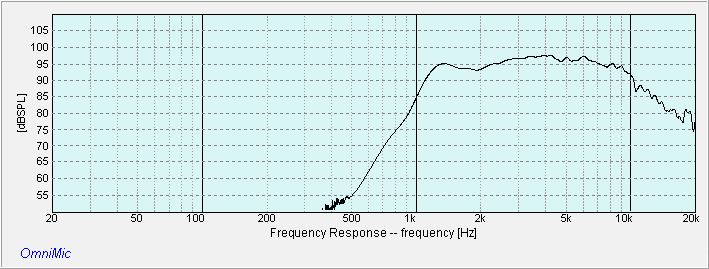 Fig 1 – JBL 2373 with JBL 2414H-C RAW Frequency Response.
Fig 1 – JBL 2373 with JBL 2414H-C RAW Frequency Response.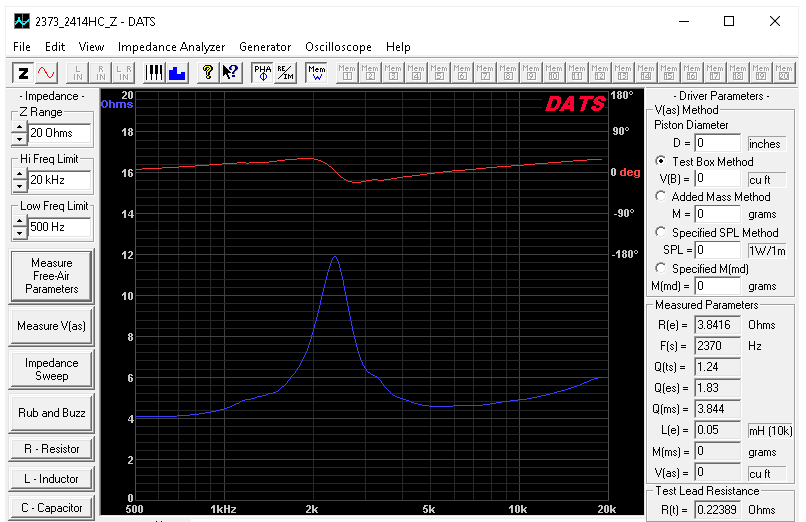 Fig 2 – JBL 2373 with 2414H-C Impedance
Fig 2 – JBL 2373 with 2414H-C Impedance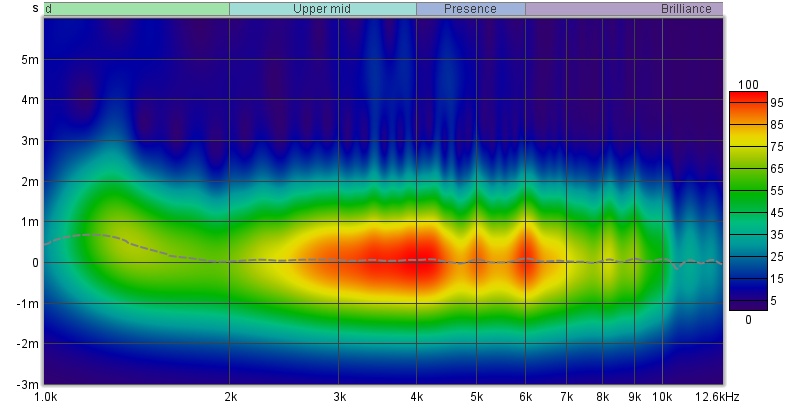
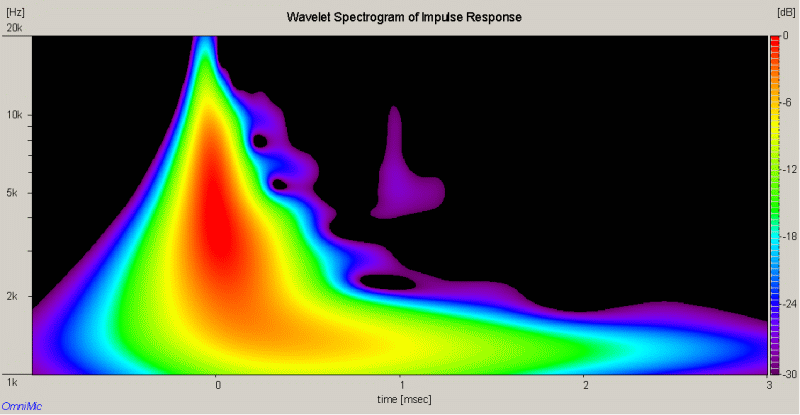
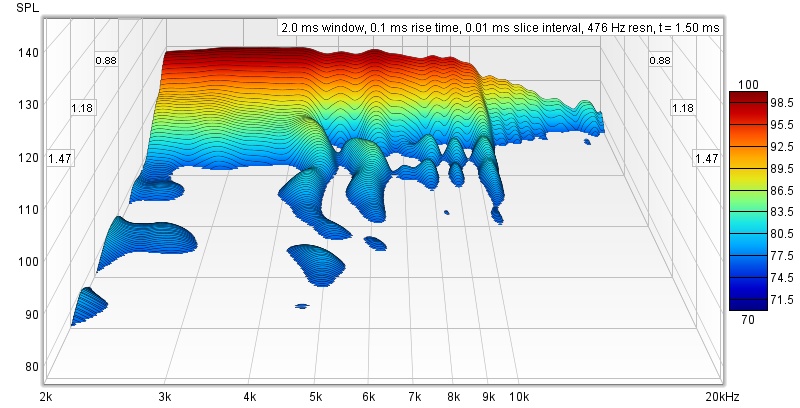 Fig 4 – Waterfall of 2373 + 2414H-C
Fig 4 – Waterfall of 2373 + 2414H-C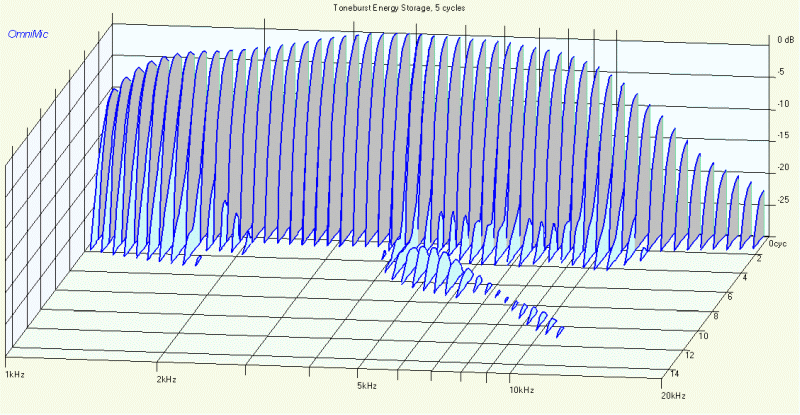 Fig 5 – ToneBurst Energy Storage of 2373 + 2414H-C
Fig 5 – ToneBurst Energy Storage of 2373 + 2414H-C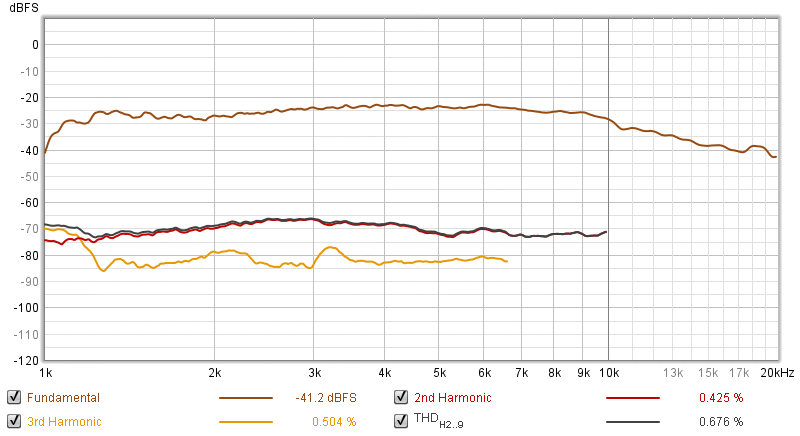 Fig 6 – Harmonic Distortion of 2373 + 2414H-C
Fig 6 – Harmonic Distortion of 2373 + 2414H-C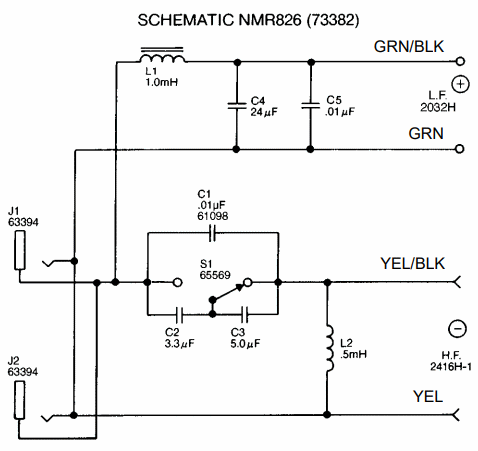 Fig 7 – JBL MR826 Crossover
Fig 7 – JBL MR826 Crossover